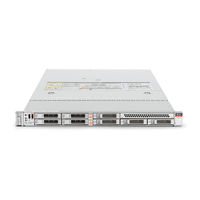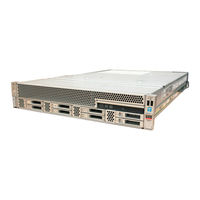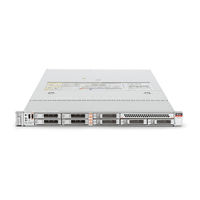Oracle EXADATA X6-2 Manuals
Manuals and User Guides for Oracle EXADATA X6-2. We have 6 Oracle EXADATA X6-2 manuals available for free PDF download: Installation And Configuration Manual, Service Manual, Installation Manual, Getting Started Manual
Advertisement
Oracle EXADATA X6-2 Installation And Configuration Manual (337 pages)
Database Machine
Table of Contents
Advertisement
Oracle EXADATA X6-2 Installation Manual (72 pages)
Exadata Storage Server Extreme Flash
Table of Contents
Advertisement





